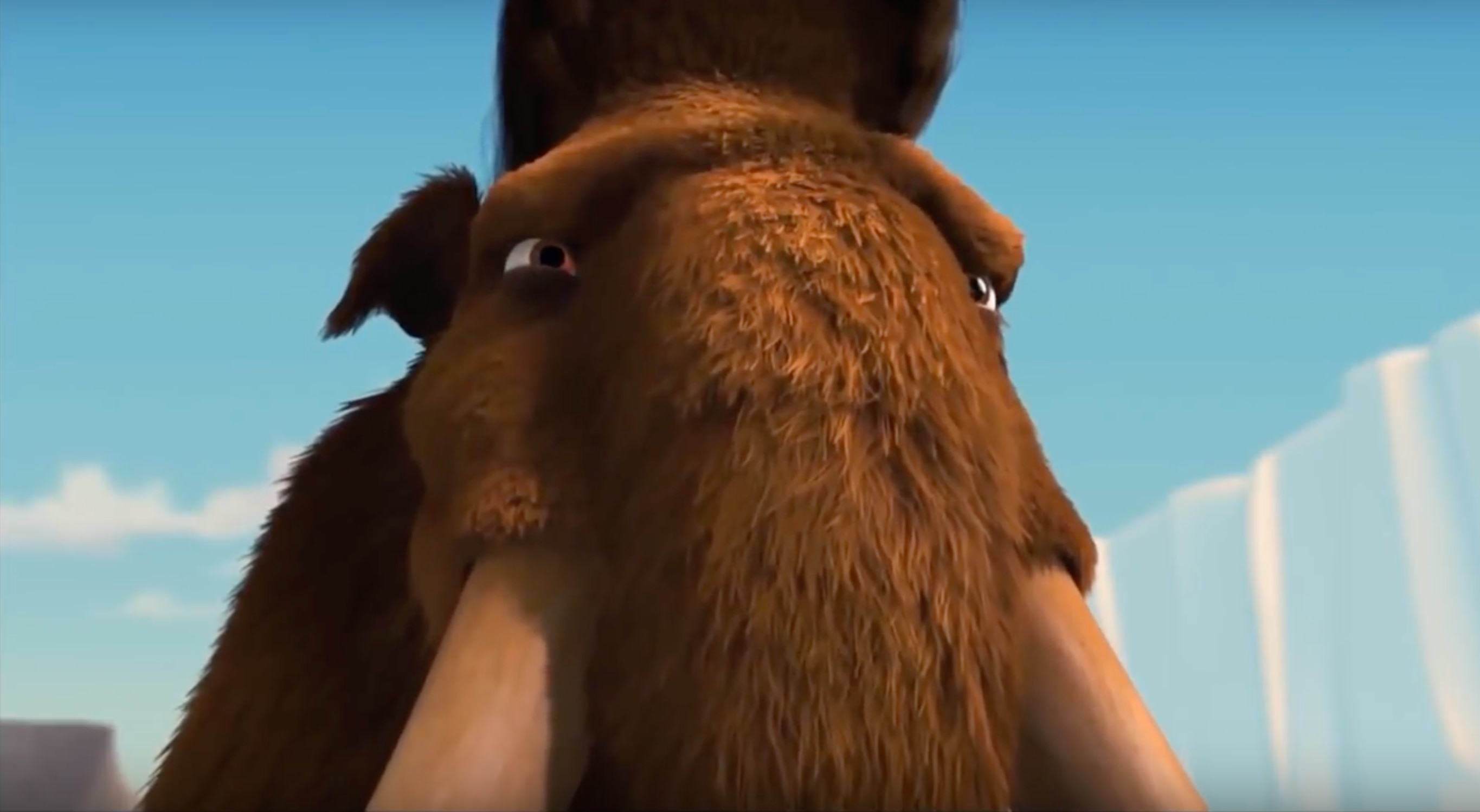Create a free profile to get unlimited access to exclusive videos, sweepstakes, and more!
Zombified mammoth cells could mean a real Jurassic Park in the future

You know the story. Guy extracts dinosaur DNA from fossilized mosquito. Dinosaur eggs hatch. Prehistoric theme park emerges and becomes a huge liability. Dinosaurs live on.
While that may not be happening yet, it’s still kind of eerie how scientists have now managed to reactivate cells from a wooly mammoth that perished over 28,000 years ago. Much like the dino DNA in Jurassic Park was injected into frog egg cells, or oocytes, nuclei of mammoth cells were injected into mouse oocytes in a process known as nuclear transfer. They managed to survive temporarily, which has now proven that the genes of extinct creatures can be reawakened — if only for a moment.
A team of Japanese researchers led by biologist Kazuo Yamagata were able to extract viable genetic material form a young female wooly mammoth known as Yuka. She was discovered in 2010 beneath the permafrost on the coast of the Dmitry Laptev Strait in the extreme east of Russia. While the corpse was missing many vital bones and organs, there was still enough material in which its genetic code had stayed preserved since the last Ice Age.
“Ancient species carry invaluable information about the genetic basis of adaptive evolution and factors related to extinction,” said Yamagata and colleagues in a study recently published in Nature.
Yamagata and his team had previously tried resurrecting mammoth cells before — from a mummified specimen almost half as old as Yuka — but were not successful. Yuka was in such amazing condition, at least for something that had been languishing in ice for almost thirty centuries, that they were able to extract nuclei from her muscle tissues and implant them into mouse oocytes. They turned into zombie cells. Sort of.
The mammoth cells were unable to divide, which would be vital for producing an actual mammoth embryo, but it’s almost as astonishing that they were still able to make it through some pre-division phases. They went as far as spindle assembly, a process during which chromosomes are correctly attached to spindle structures before a cell splits.
Cell division failing on a mummy this pristine raises questions about whether de-extinction (at least of species that won’t try to eat us alive like some of the gargantuan lizards in Jurassic Park) will ever really be possible.
“The results presented here clearly show us again the de facto impossibility to clone the mammoth by current [nuclear transfer] technology,” Yamagata admitted, but the “approach paves the way for evaluating the biological activities of nuclei in extinct animal species.”
So we might not be seeing any sort of Ice Age Park anytime soon, but bringing back even the cells of creatures that have gone the way of the mammoth is science fiction come to life.
(via Motherboard)


























